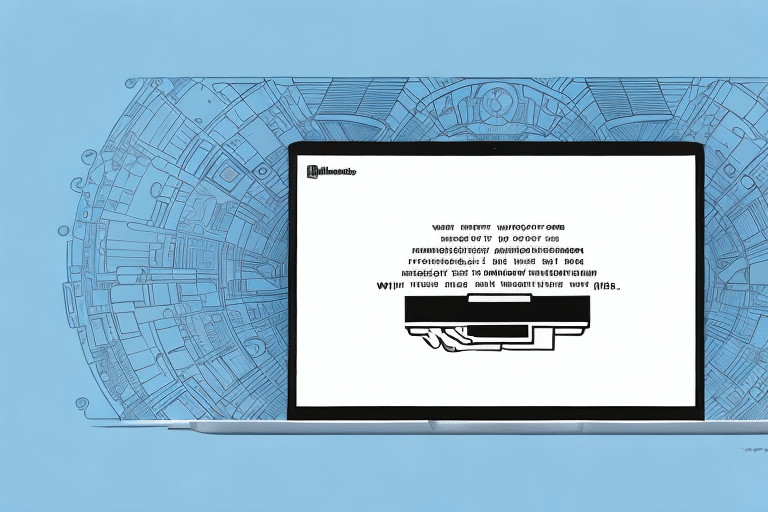Understanding FedEx Exceptions
When shipping with FedEx, it's crucial to be aware of FedEx exceptions, which are notifications indicating that an issue has occurred with your package. These exceptions can lead to delays, additional fees, or even lost shipments. Understanding the nature of these exceptions, their causes, and effective resolution strategies is essential for maintaining a smooth shipping process.
What Are FedEx Exceptions?
FedEx exceptions are alerts triggered when a package encounters a problem during transit. These issues require additional action to ensure the package continues moving toward its destination. Common exceptions include:
- Incorrect or incomplete address information
- Package damage
- Weather-related delays
- Customs issues for international shipments
- Failed delivery attempts when the recipient is unavailable
Addressing these exceptions promptly can prevent further complications and ensure timely delivery.
Common Causes of FedEx Exceptions
Incorrect Delivery Information
Providing accurate and complete delivery information is paramount. Mistakes in the recipient's address, such as missing apartment numbers or incorrect zip codes, can lead to delivery failures. According to the United States Postal Service, address accuracy is a critical factor in successful deliveries.
Package Damage
Poor packaging can result in damage during transit, prompting FedEx to flag the shipment. Ensuring that packages are well-protected with appropriate materials can mitigate this risk.
Customs Clearance Issues
International shipments may face customs-related exceptions if documentation is incomplete or incorrect. Providing detailed and accurate customs information is essential to avoid delays.
Types of FedEx Exceptions
Delivery Delays
Various factors, including logistical challenges and unexpected events like natural disasters, can cause delays. Monitoring shipment status can help manage expectations and plan accordingly.
Signature Required
Some shipments require a signature upon delivery. If the recipient is unavailable, FedEx may leave a delivery notice or attempt redelivery, leading to potential delays.
Refused Delivery
Recipients may refuse delivery for various reasons, such as not expecting the package or issues with the shipment's contents. This results in the package being returned to the sender.
Tracking and Managing FedEx Exceptions
Using FedEx Tracking Tools
FedEx offers comprehensive tracking tools that allow users to monitor the status of their shipments in real-time. By entering the tracking number on the FedEx Tracking page, users can view exception notifications and take necessary actions.
Receiving Alerts
Subscribers can opt to receive email or text alerts regarding their shipments. These notifications provide timely updates about any exceptions, enabling proactive management.
Resolving FedEx Exceptions
Updating Delivery Information
If an exception is due to incorrect delivery details, promptly updating the information through the FedEx website or by contacting customer service can resolve the issue.
Rescheduling Delivery
For missed delivery attempts, rescheduling the delivery to a more convenient time or setting up delivery to an alternative location can ensure successful receipt of the package.
Filing Claims for Lost or Damaged Packages
In cases where a package is lost or arrives damaged, filing a claim with FedEx is necessary. The process involves providing supporting documentation and details about the shipment. More information can be found on the FedEx Customer Support page.
Preventing Future FedEx Exceptions
Ensuring Accurate Shipment Information
Double-checking all shipment details before dispatch significantly reduces the likelihood of exceptions. This includes verifying addresses, package dimensions, and weight.
Proper Packaging and Labeling
Using appropriate packaging materials and clear labeling ensures that packages withstand transit conditions and are easily identifiable, minimizing the risk of damage or misdelivery.
Leveraging Technology
Utilizing shipping software and tracking tools can streamline the shipping process, provide real-time updates, and enhance overall shipment management. Solutions like FedEx Shipping Tools offer robust features to aid in this effort.
Impact of External Factors on FedEx Exceptions
Weather-Related Disruptions
Adverse weather conditions can impede transit, leading to delays and exceptions. Staying informed about weather forecasts and planning shipments accordingly can help mitigate these risks.
Global Events and Regulatory Changes
Events such as pandemics or changes in international trade regulations can affect shipping processes. Staying updated with FedEx announcements and global news is essential for adapting to these changes.
Best Practices for Managing FedEx Exceptions
- Monitor Shipments Regularly: Use FedEx tracking tools to stay informed about your packages.
- Maintain Clear Communication: Keep recipients informed about their shipment status and any potential issues.
- Implement Quality Control: Ensure all shipment details are accurate and packages are properly prepared.
- Stay Informed: Keep up with FedEx policies and industry best practices to handle exceptions effectively.
By adopting these best practices, businesses and individuals can minimize the occurrence of FedEx exceptions and handle any that arise efficiently.
Conclusion
Managing FedEx exceptions effectively requires a combination of accurate shipment information, proper packaging, proactive monitoring, and prompt resolution strategies. By understanding the common causes and types of exceptions, utilizing available tools, and implementing best practices, you can ensure a smoother shipping experience and maintain customer satisfaction.






















